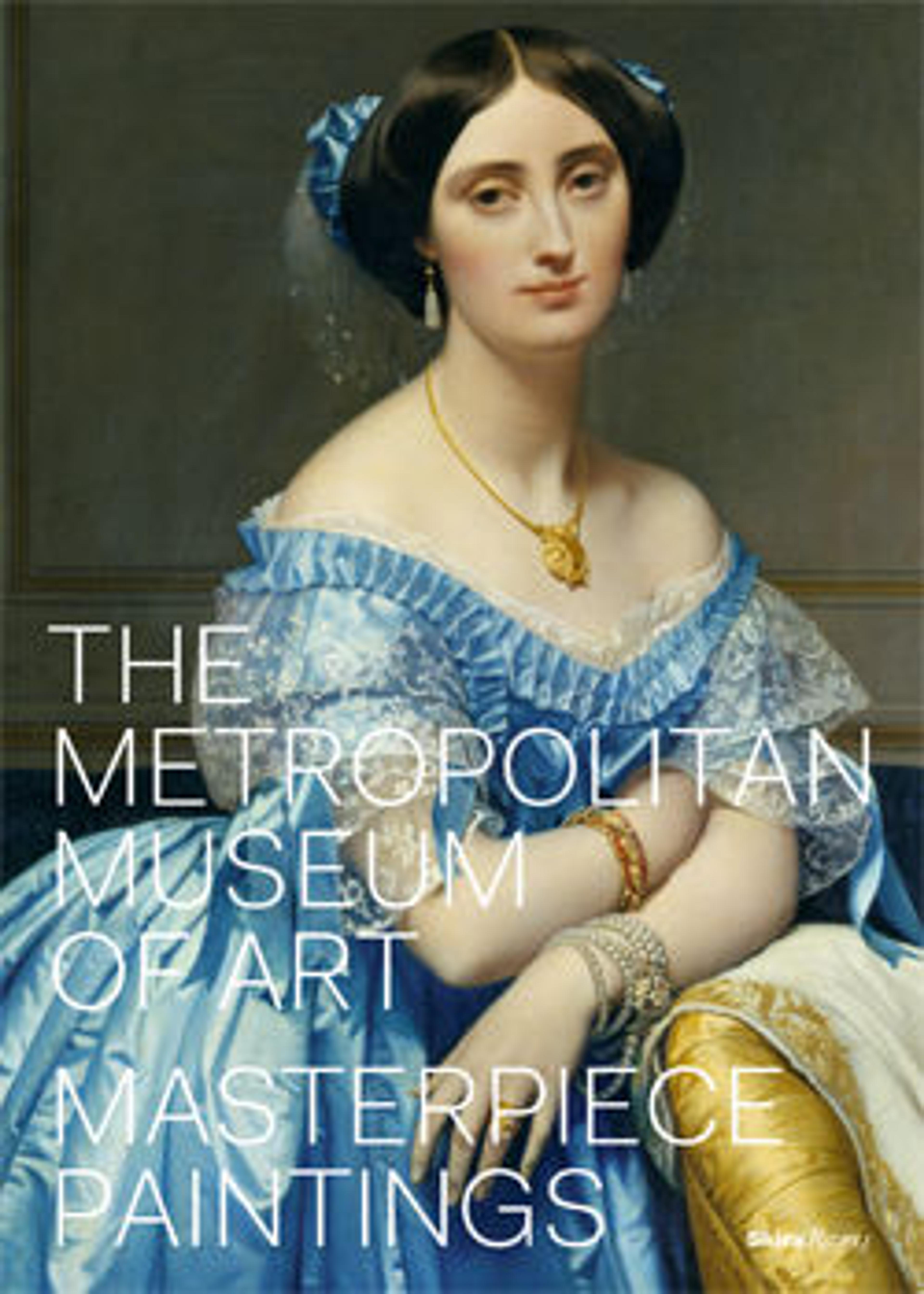Khusrau and Shirin
This manuscript is a copy of the tale of Khusrau and Shirin composed by the Persian poet Hatifi, and shows the importance of Persian literature in the Ottoman world. It contains seven paintings, executed in a distinctive style, related to western Iranian tradition from the Aq Quyunlu, but also borrowing elements from European sources. The page shown depicts Khusrau riding on Shabdiz, his beautiful horse, while hunting. The calligraphy, illumination, gilding, and painting were completed by a single artist calling himself Suzi ("the burning one").
Artwork Details
- Title: Khusrau and Shirin
- Poet: Hatifi (Iranian, active Istanbul, died 1521)
- Artist: Calligraphy, illumination, and painting by Suzi
- Date: dated 904 AH/1498–99 CE
- Geography: Attributed to Turkey, probably Istanbul or Amasya
- Medium: Main support: ink, opaque watercolor, and gold on paper; binding: leather
- Dimensions: H. 9 7/16 in. (24 cm)
W. 6 7/16 in. (16.4 cm) - Classification: Codices
- Credit Line: Harris Brisbane Dick Fund, 1969
- Object Number: 69.27
- Curatorial Department: Islamic Art
Audio
6661. Overview: Ottoman Book Arts - Hatifi Manuscript, Part 1
0:00
0:00
We're sorry, the transcript for this audio track is not available at this time. Please email info@metmuseum.org to request a transcript for this track.
Listen to more about this artwork
More Artwork
Research Resources
The Met provides unparalleled resources for research and welcomes an international community of students and scholars. The Met's Open Access API is where creators and researchers can connect to the The Met collection. Open Access data and public domain images are available for unrestricted commercial and noncommercial use without permission or fee.
To request images under copyright and other restrictions, please use this Image Request form.
Feedback
We continue to research and examine historical and cultural context for objects in The Met collection. If you have comments or questions about this object record, please contact us using the form below. The Museum looks forward to receiving your comments.
